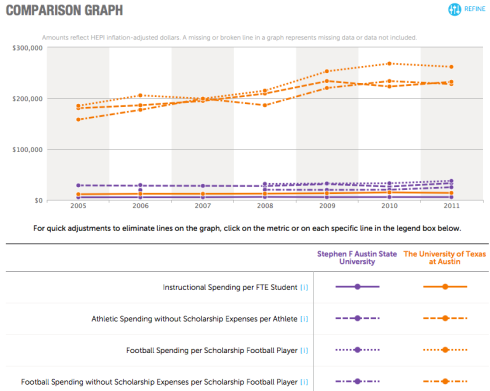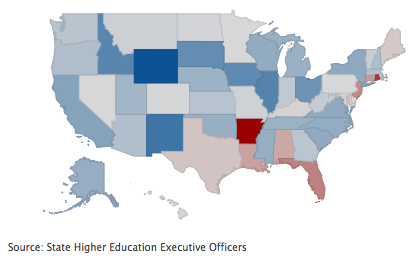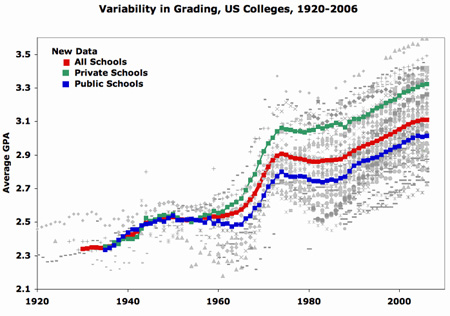The Knight Commission on Intercollegiate Athletics has released a database (“Athletic & Academic Spending Database for NCAA Division I“) that let users put together custom reports that compare spending for Division I athletic programs.
I did a quick comparison of spending at Stephen F. Austin vs the University of Texas (that is, where I am compared to where I went to school). You can click on the graph to see a larger version.

As you can see, there’s no real comparison. I have occasionally been amused by colleagues here who like to talk about “big time college athletics” at SFA
The Knight Commission’s system allows you to compare spending on academics (I chose “Instructional Spending per FTE) to academic and non academic spending per student. You can compare all kinds of schools and all kinds of variables. It’s big-time college fun.


